One of the concerns of hospital staff is the cleanliness of the instruments they use. Though ultraviolet lights are part of the cleaning process to remove contaminates, these highly technical devices are unable to remove microscopic particles that may be embedded in small cracks and crevices on the surface of an instrument. A measure that has been incorporated by medical professionals is the implementation of sonic cleaners that can augment the work of an ultraviolet cleaner. Read More…
Since 1972, Esma Inc. has been producing quality ultrasonic cleaners, as well as benchtop electropolishing equipment. Esma offers a unique and progressive approach to automating the ultrasonic cleaning process.
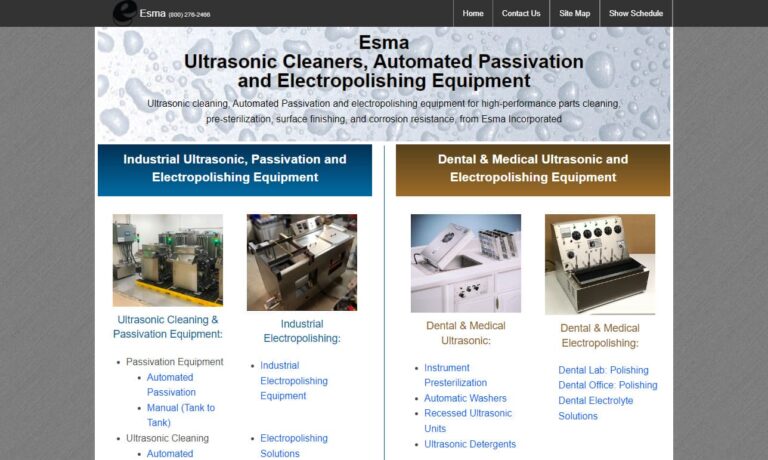
Since 1992 Telsonic Ultrasonics has been manufacturing ultrasonic cleaners such as compact cleaners and industrial tanks. As a specialist in ultrasonic technology, we offer innovative applications within the parts and optics industries and even chemical and pharmaceutical products. Our brand new facility houses cutting-edge technology where we strive to improve the quality of our products.

Great Lakes Finishing Equipment, Inc. is a full line supplier of aqueous and semi-aqueous ultrasonic cleaning equipment. Equipment includes benchtop cleaners, tank and generator series, immersible transducers, console systems and engineered systems. Our customers include defense, aerospace, medical, firearms and industrial.
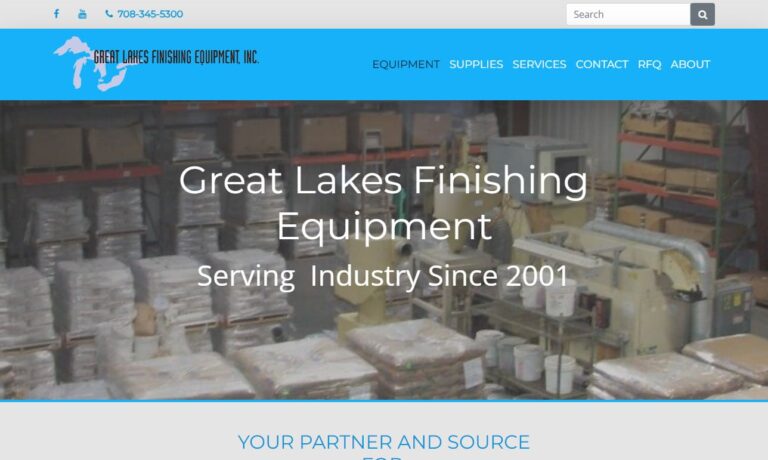
Sonic Systems is a recognized leader in the design and manufacture of both ultrasonic cleaners as well as ultrasonic cleaning systems and components for a broad range of industries. We also offer aqueous cleaning equipment and systems.
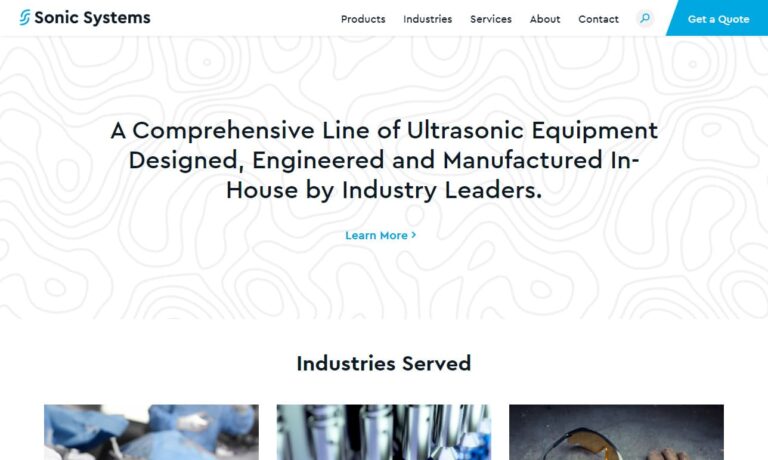
More Sonic Cleaner Manufacturers
One of the concerns of hospital staff is the cleanliness of the instruments they use. Though ultraviolet lights are part of the cleaning process to remove contaminates, these highly technical devices are unable to remove microscopic particles that may be embedded in small cracks and crevices on the surface of an instrument. A measure that has been incorporated by medical professionals is the implementation of sonic cleaners that can augment the work of an ultraviolet cleaner.
Sonic cleaners are a well-developed cleaning method, created in the 1950’s as a form of super-efficient household equipment. Over the years, several manufacturers of technical devices have come to rely on sonic cleaners as a way to ensure that the equipment they produce is clean of microscopic particles. This is especially true of miniature circuit boards and components that necessitate the removal of any potential contaminates that could interrupt electrical signals.
The sonic cleaner process involves the use of a tank filled with either a cleaning solvent or treated water. The type of liquid is the key factor in the process and must be a very high surfactant. The ultrasonic device is lowered into the tank with the solution or built into it. Its function is to send sound waves through the solution that are amplified by electrical frequencies. These combined factors work in unison to create compression that produces bubbles that attack any type of dirt, oil, grease, biomatter, or other unwanted contaminants, which are then loosened and dissolved in the liquid.
The sonic cleaner process has several benefits. It ensures that any surface cleaned in this fashion will be free of any particles, regardless of how small. In the case of medical equipment, using a sonic cleaner gives hospital workers the knowledge that what they are using is completely clean and safe to use on a patient. Since certain technical parts require a clean room for their assemblage, parts that have been cleaned using a sonic cleaner are void of any material that may contaminate the cleansed environment.
An essential element to understand regarding sonic cleaners is their purpose. Though they are capable of removing minute particles, they are not a replacement for sterilization or disinfectant procedures. Their benefit is in their ability to remove things that cannot be seen with the naked eye. As a part of a cleaning process, items can be immersed and soaked for hours, a tried and true process, which does not guarantee cleanliness or decontamination. Sonic cleaners are that next essential step to ensure proper cleaning and removal of unwanted materials.

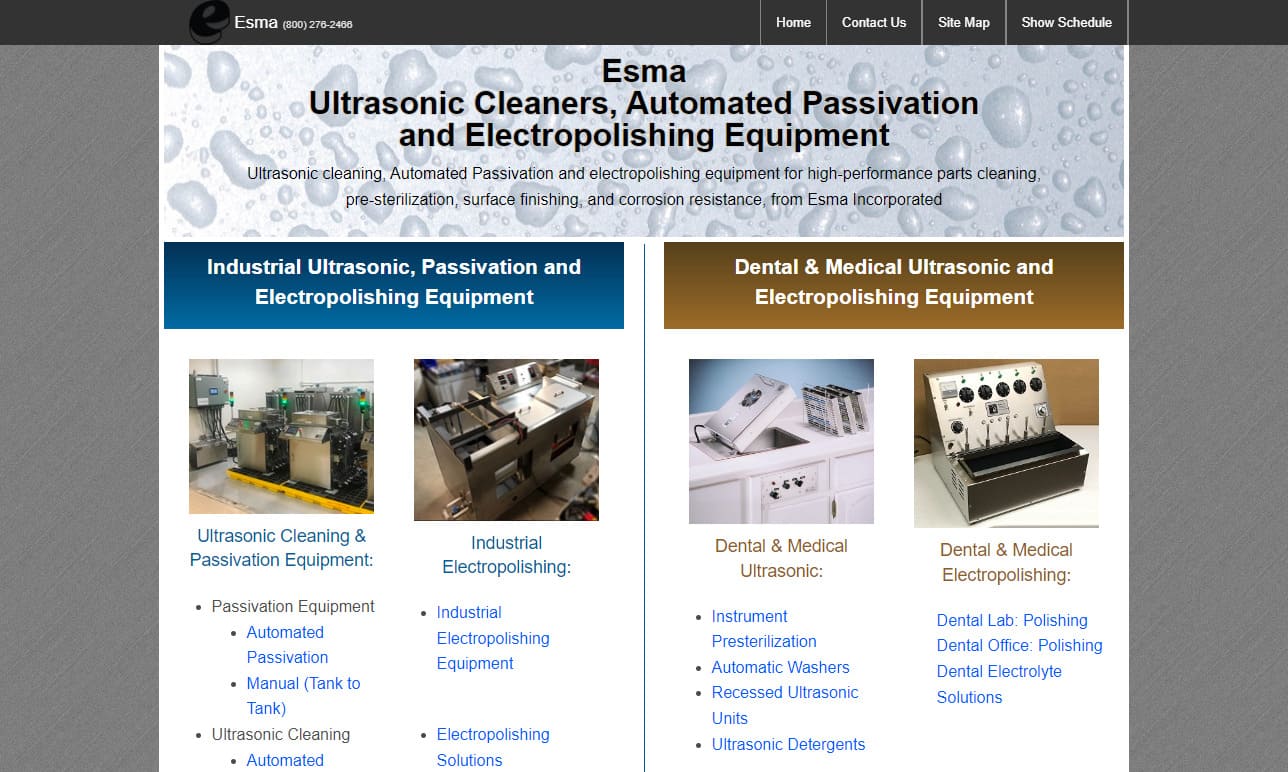
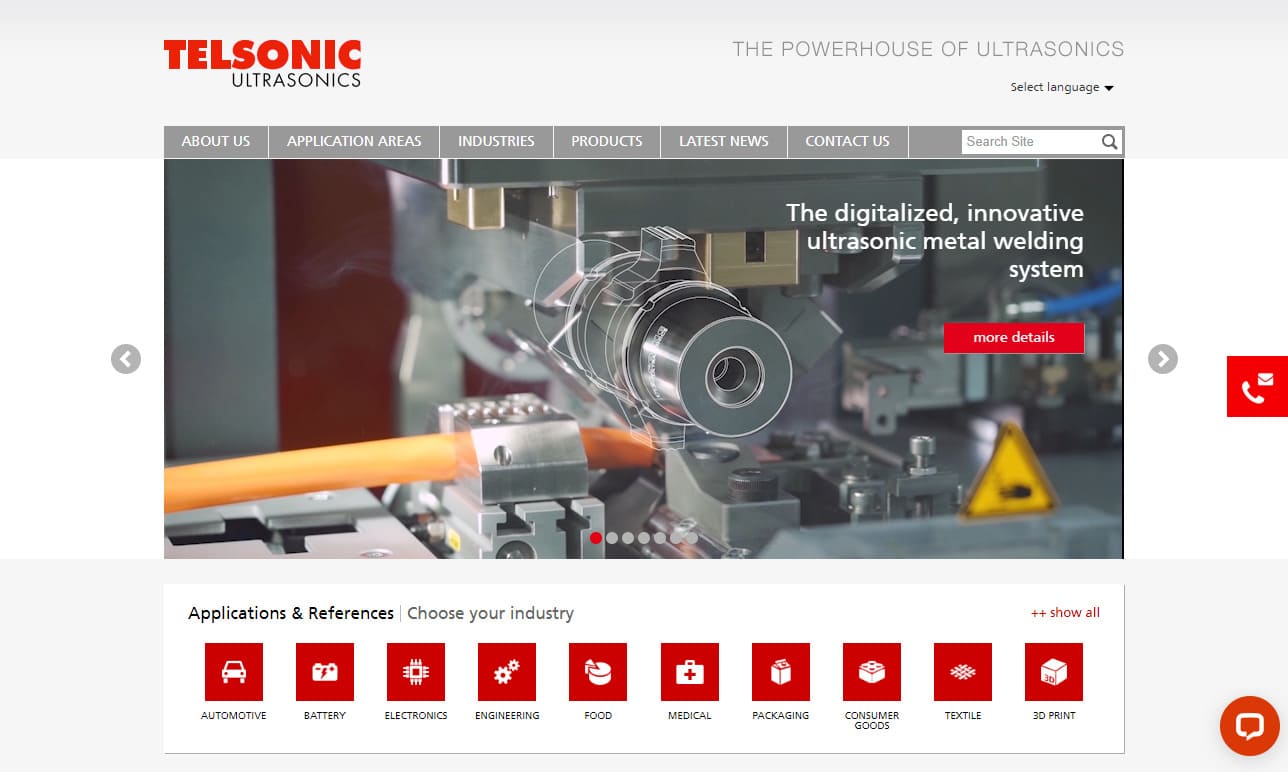
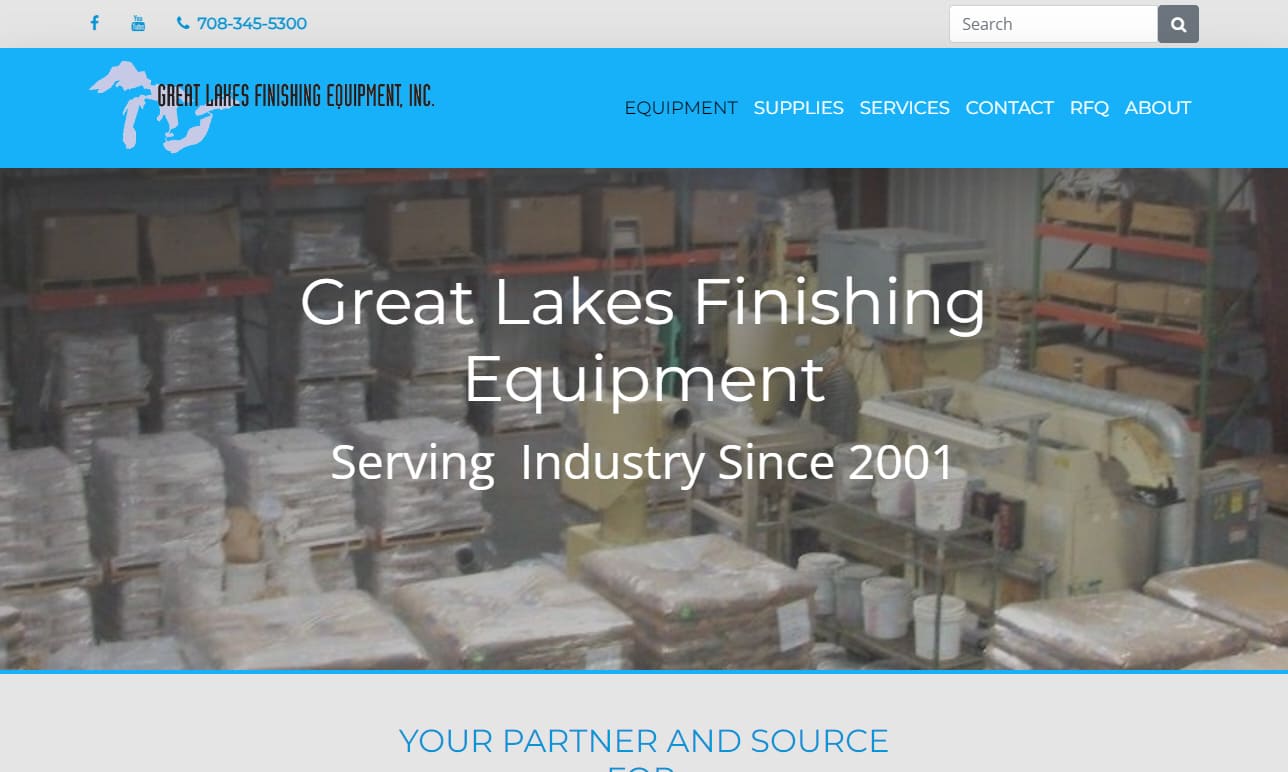
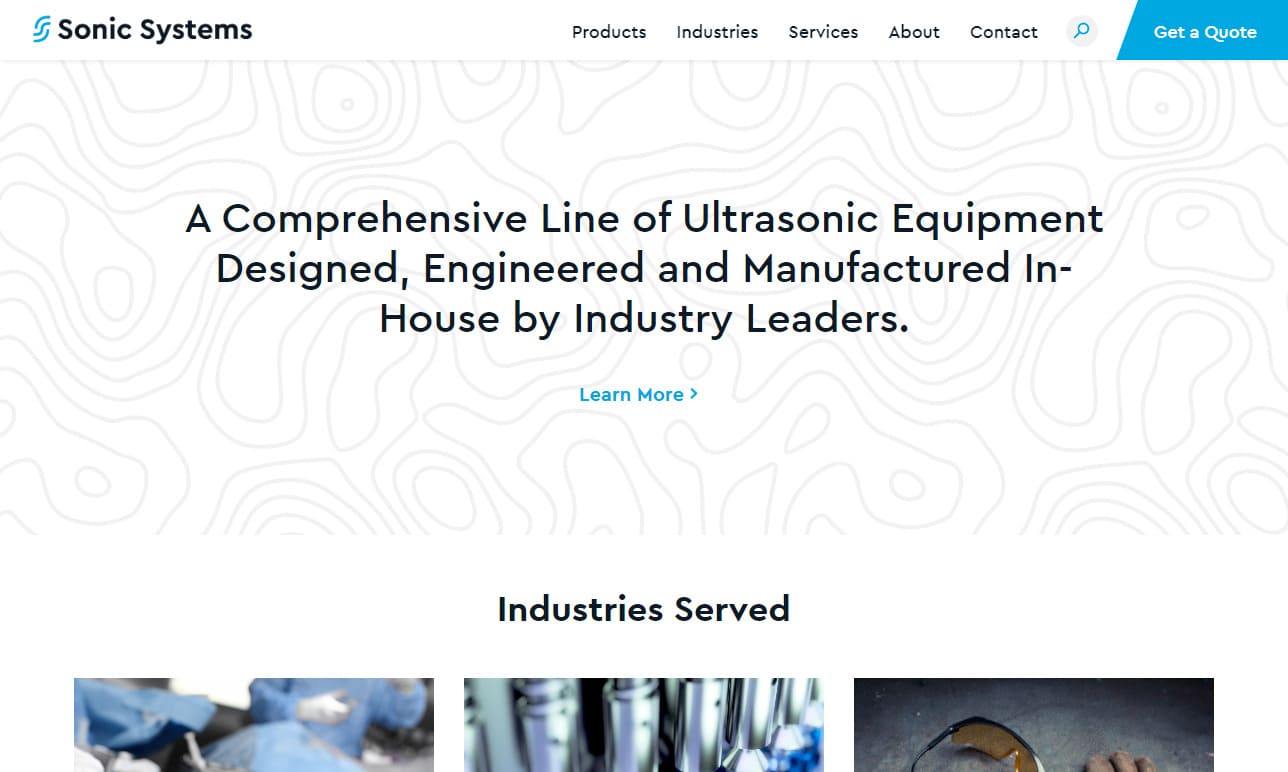
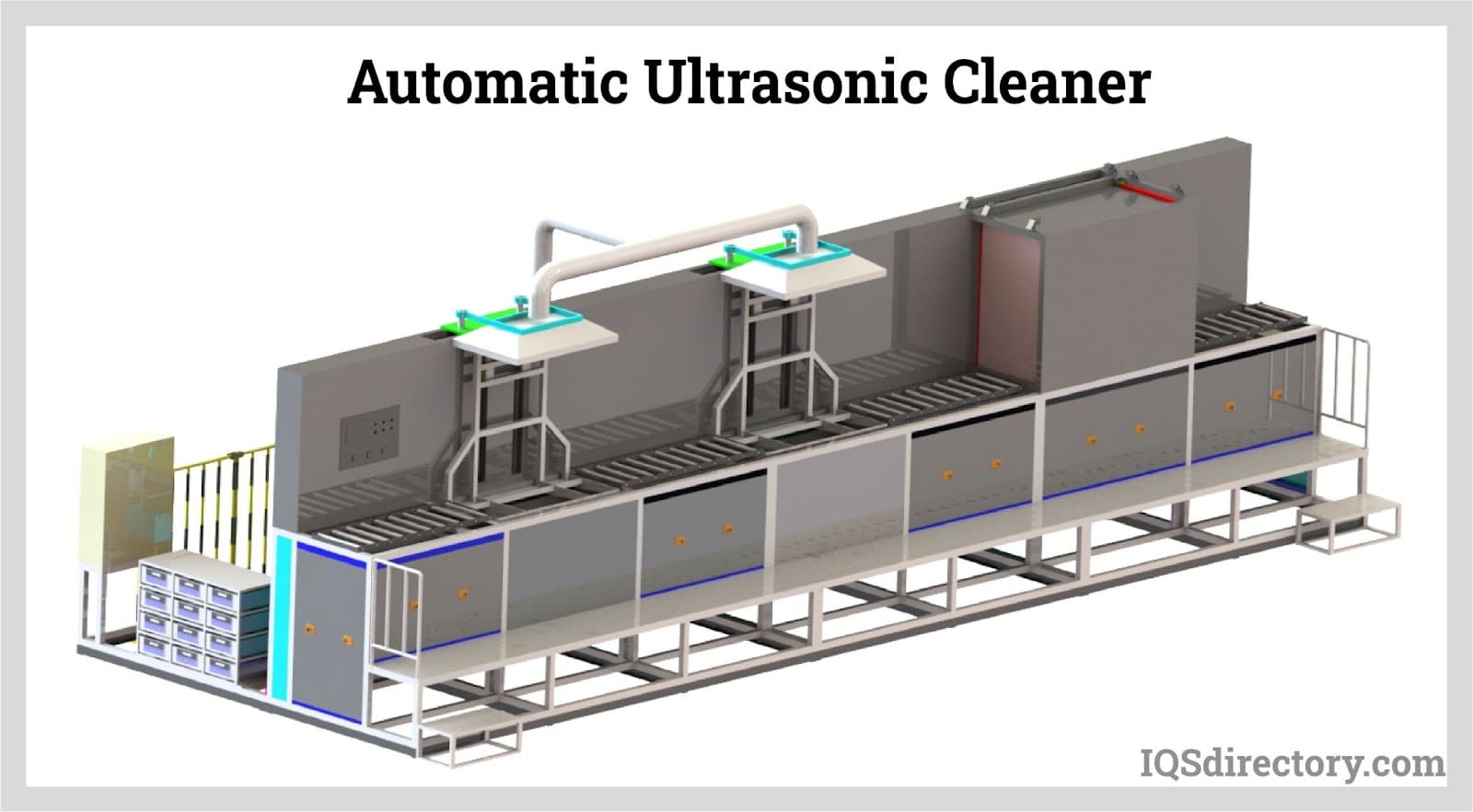
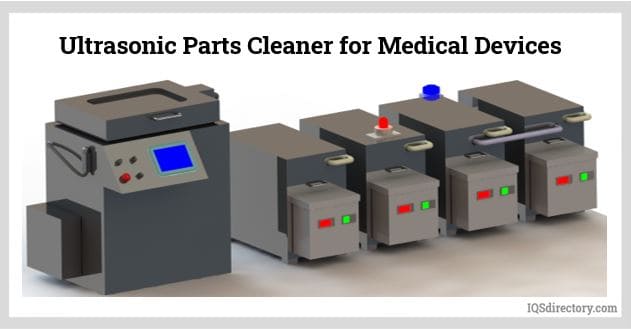

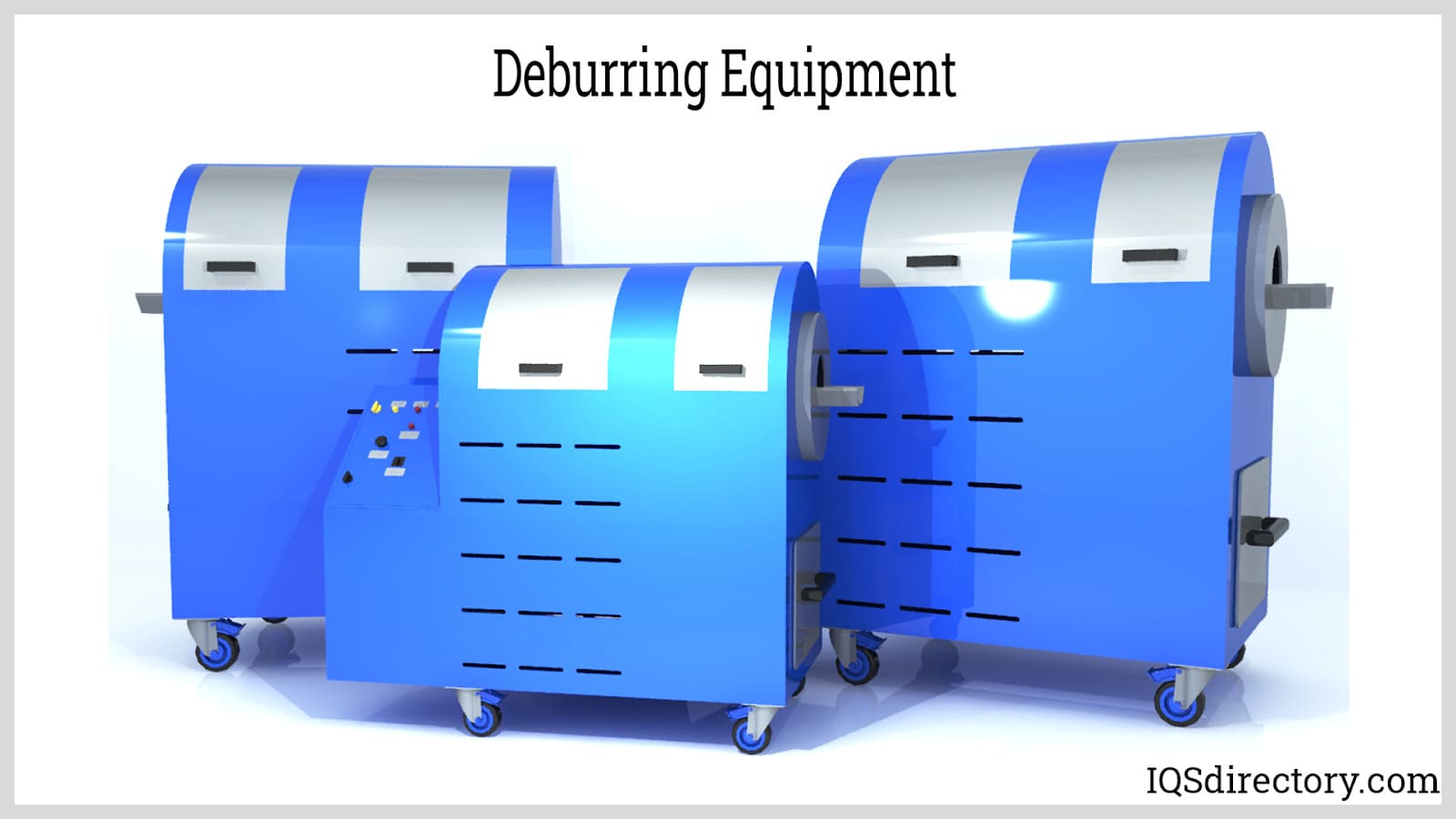
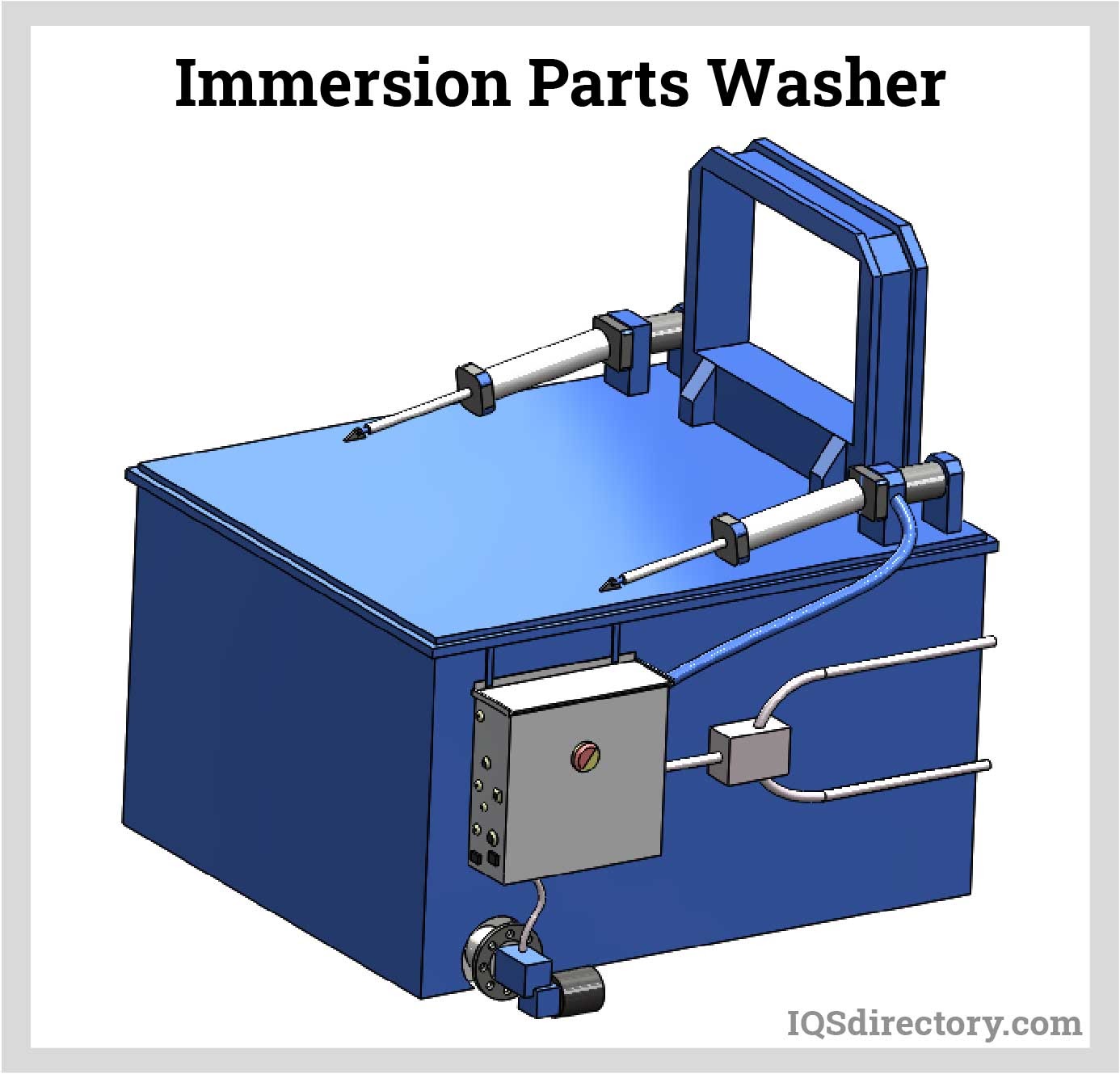
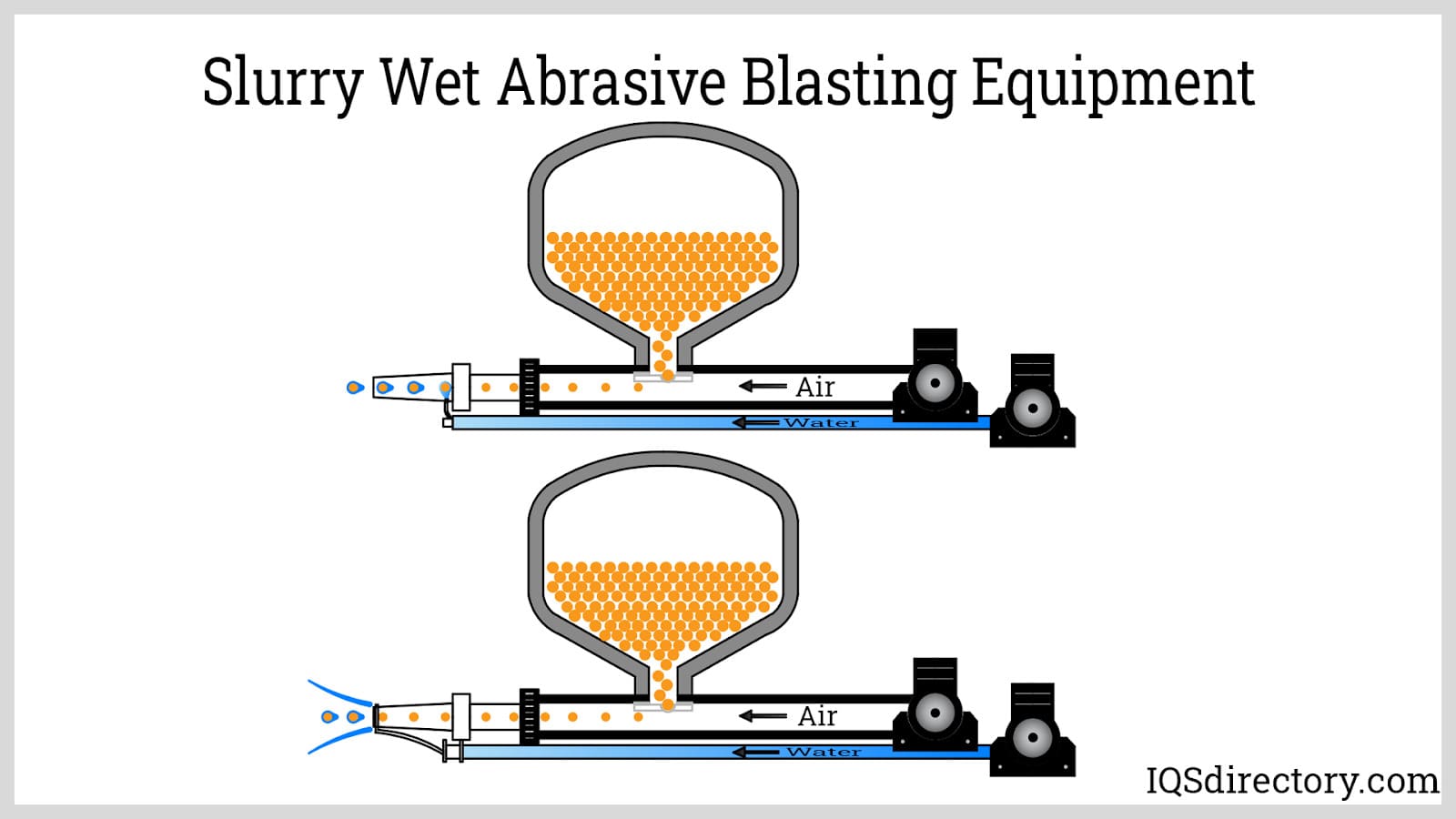
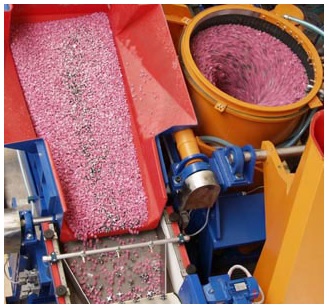 Deburring Machinery
Deburring Machinery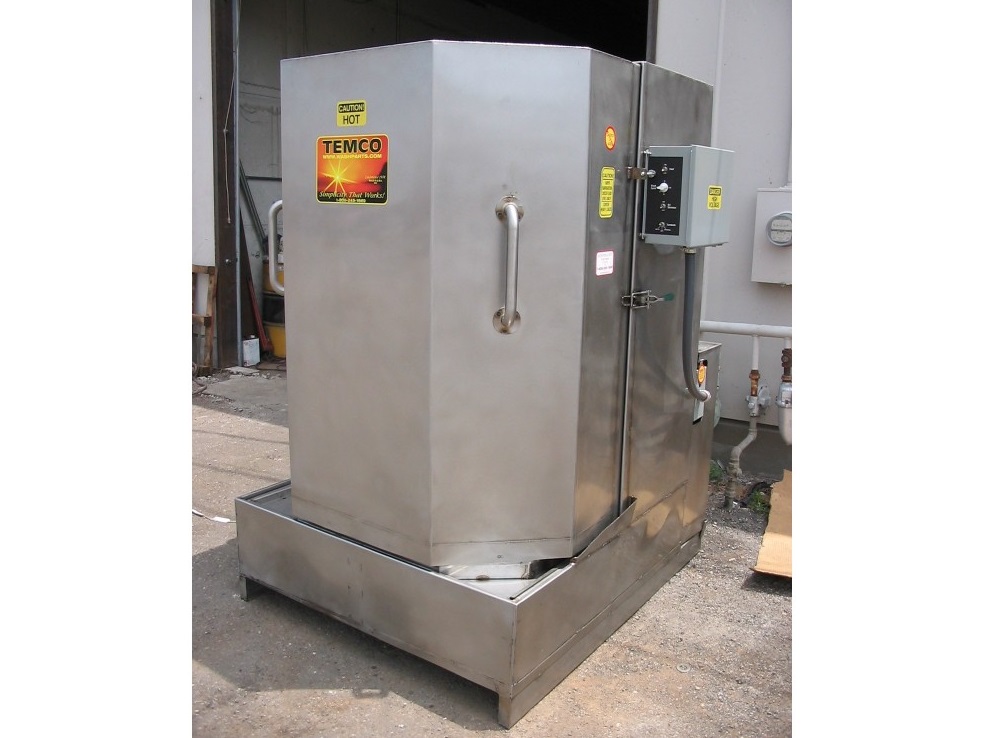 Industrial Parts Washers
Industrial Parts Washers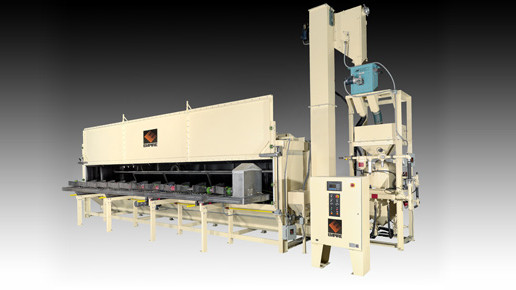 Sandblast Equipment
Sandblast Equipment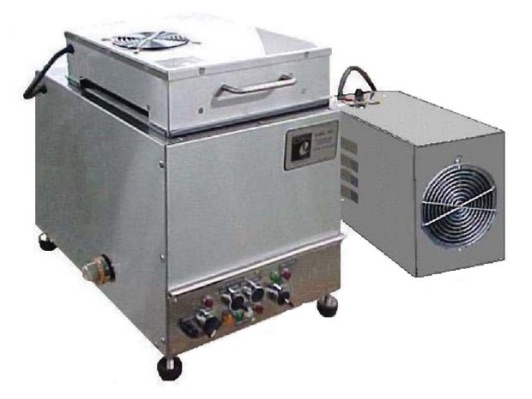 Ultrasonic Cleaners
Ultrasonic Cleaners Castings & Forgings
Castings & Forgings Bulk Material Handling
Bulk Material Handling Electrical & Electronic Components
Electrical & Electronic Components Flow Instrumentation
Flow Instrumentation Hardware
Hardware Material Handling Equipment
Material Handling Equipment Metal Cutting Services
Metal Cutting Services Metal Forming Services
Metal Forming Services Metal Suppliers
Metal Suppliers Motion Control Products
Motion Control Products Plant & Facility Equipment
Plant & Facility Equipment Plant & Facility Supplies
Plant & Facility Supplies Plastic Molding Processes
Plastic Molding Processes Pumps & Valves
Pumps & Valves Recycling Equipment
Recycling Equipment Rubber Products & Services
Rubber Products & Services